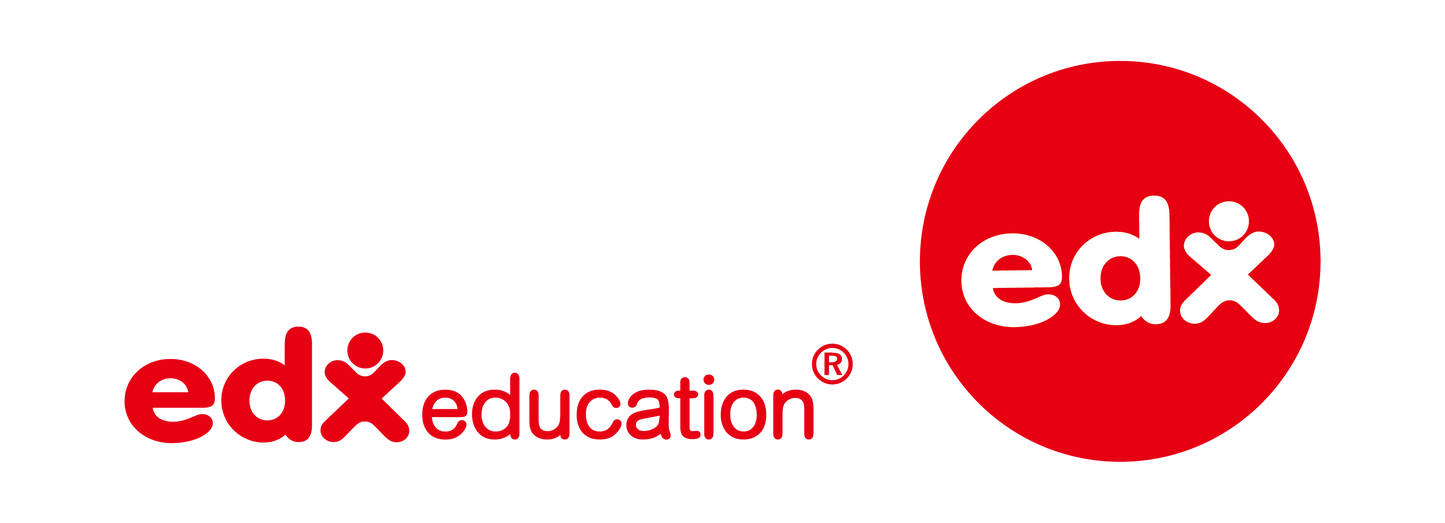Dinosaur Counters
A safe way to explore prehistoric animals with our edx education® Dinosaur Counters! Your child will enjoy the interesting range of colourful dinosaurs and the tactile rubbery feel of these high quality counters. A great way to develop language and early maths skills such as addition and subtraction.
The detailed dinosaur counters can be used in sorting activities, classifying tasks which aid logic and reasoning, and can be used in messy or small world play.
The dino counters can be used to discuss colour, texture and appearance which encourages speech development and vocabulary. The counters are particularly useful for children with special needs because of the touchable and flexible material.
Early math concepts
Dinosaur counters serve as a versatile and engaging educational tool for introducing a variety of early math concepts to young children. They help children practise counting, recognise numbers, sort and classify objects. They will aid learning basic addition and subtraction, explore patterns, develop measurement skills, grasp fundamental geometry, understand sets and comparisons, and nurture problem-solving abilities. These colourful and tactile counters make math learning interactive and fun, laying a strong foundation for mathematical understanding in a playful and accessible way.
Essential educational tool
Dinosaur counters can be effectively integrated into the classroom to serve as an engaging resource for interactive math games, cooperative group activities, and creative storytelling exercises, promoting social interaction and hands-on learning. Dinosaur counters also offer teachers a means to assess students' math comprehension while making the learning process enjoyable and multisensory, catering to diverse learning styles and abilities.
Learning through play
Dinosaur counters promote learning through play by engaging children's senses, sparking their imagination, and fostering a natural curiosity for math concepts. The combination of play and math learning creates a positive and motivating environment where children develop foundational skills while having fun, building a strong foundation for future mathematical comprehension.
Product description
Set includes: 32 Dinosaur Counters & 1 tweezer in a handy carry jar. Activity Guide included.
Size LxWxH: 15cm x 25cm x 25cm
Age: 3yrs+
MPN: EDX13037J
Additional fun game ideas
- Counting Challenge: Spread out the dinosaur manipulatives and ask the child to count how many there are. You can make it more challenging by mixing in other objects and having the child count just the dinosaurs.
- Number Matching: Write numbers on pieces of paper or use number cards. Have the child match the correct number of dinosaur counters to each numeral.
- Addition and Subtraction: Create simple addition and subtraction problems using the mini dino counters. For example, "If you have three dinosaurs and I give you two more, how many do you have now?"
- Pattern Creation: Ask the child to create patterns using the different dinosaur manipulatives. For instance, they can make a pattern like T-Rex, Brachiosaurus, T-Rex, Brachiosaurus, and so on.
- Measurement: Use the dinosaur counters as units of measurement to measure objects in the classroom. For example, how many dinosaur counters long is the table?
- Sorting and Classifying: Have the child sort the dinosaur counters into different groups based on attributes such as size, color, or type.
- Memory Game: Create pairs of dinosaur counters and play a memory matching game where the child has to find matching pairs.
- Storytelling: Encourage the child to use the dinosaur counters to create a story or scene, incorporating math concepts into their imaginative play.
- Dinosaur Bingo: Create Bingo cards with different dinosaur images and use dinosaur counters as markers. Call out the names of the dinosaurs, and the child can cover the corresponding pictures on their Bingo card.
-
Grouping and Sharing: Have multiple children play together and use dinosaur counters to model sharing and division of objects equally.



